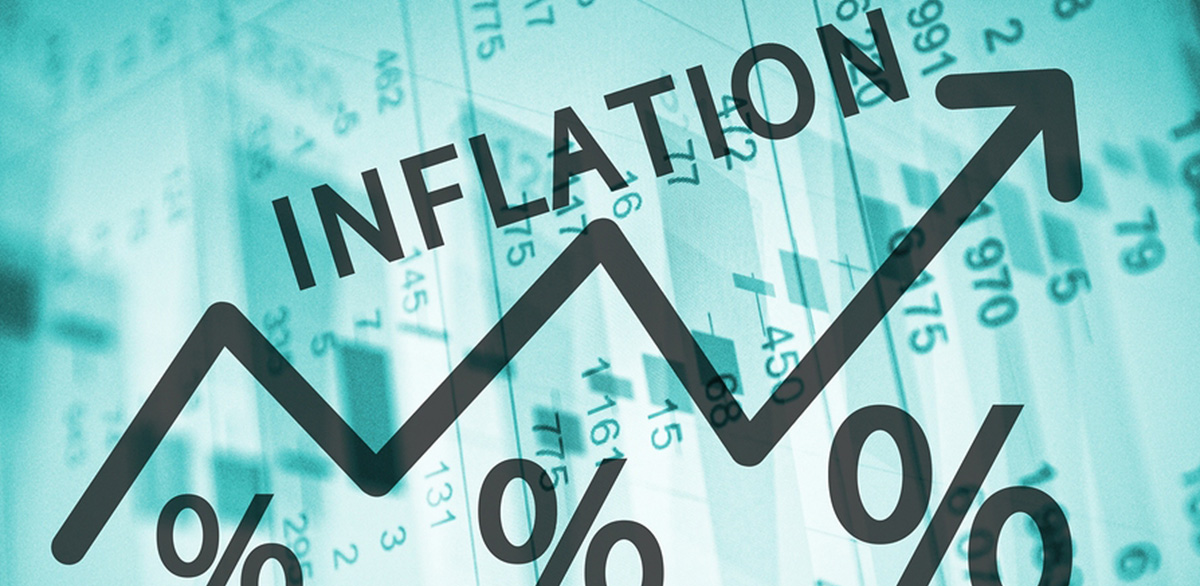
Record low unemployment, rising wages, and increasing prices for consumer goods all suggest the economy is heating up—and inflation isn’t far off. By most indications, inflation is certainly trending upward, reaching the Federal Open Market Committee’s target 2 percent annual rate in March. However, in its most recent meeting, the FOMC remained cautious about whether that level is sustainable, committing only to another interest rate hike in June.[1]
Given its corrosive effect on personal savings and wealth, it’s worth examining just exactly where inflation is heading.
Inflation Indicators
The clearest sign that inflation is upon us is a loss of purchasing power. Starting a business, buying a home, and even raising a family become more expensive. The American Dream slips out of financial reach for many.
Rising Interest Rates
Whatever the pace, interest rates are rising. Borrowing money or being in debt is becoming more expensive for consumers and companies. The annual cost of servicing debt is set to increase by $100 billion. With consumers spending more on interest, they’ll have less money for new purchases. No new clothes. No new home. New equipment for the business will have to wait.
New York Federal Reserve Board President William Dudley predicts the economy will start slowing down when interest rates reach 3 percent. If the Fed keeps raising rates at its current pace, we’ll hit that level by the middle of 2019.[2]
Skyrocketing Debt
The debt consumers and businesses hold has been growing rapidly in recent years. Consumer debt has increased since 2012 and is predicted to hit a new high of $4 trillion by the end of the year. The average American owes more than 26 percent of his or her annual income to debt and spends 10 percent of monthly earnings on credit card, auto, and personal or student loans.
Corporations are set to take an even greater hit from rising interest rates, with corporate debt outside of the financial industry totaling $49 trillion last year.[3]
Increasing Consumer Prices
Prices for food, shelter, medical care and pretty much everything else besides vehicles rose 2.5 percent over the last 12 months, reports the Bureau of Labor Statistics. However, the toll inflation can take on quality of living may be more severe for many Americans. Older individuals on fixed incomes, for example, tend to need more medical care than younger segments of the population. A rising cost of care could spell financial ruin for them.[4]
Stagnating Stock Market
The beginning of the year saw extreme stock market volatility, and experts predict equities could take another hit as inflation increases. Market bull Joseph Zidle, of the investment firm Blackstone, recently told CNBC that rising inflation will limit consumer spending and hurt corporate profits in the next year. Citing a 50 percent year over year increase in oil prices and 20 percent in gas as signs of coming inflation, Zidle said, ‘When you’ve got slower earnings growth and higher interest rates, that’s going to knock down equity valuations.’
If it’s true what economist say—that ‘the markets always lead the economy’—then we may be nearing a period of bust following the recent boom.[5]
Protect Your Wealth with Gold
One way to protect your wealth from the ravages of inflation is to truly diversify your portfolio with gold. While paper currencies have come and gone, the yellow metal has served as a store of value for centuries. However, when inflation fully hits the economy, investors will run to gold. Buying now before gold prices rise is a wise precaution amid the brewing economic storm.


